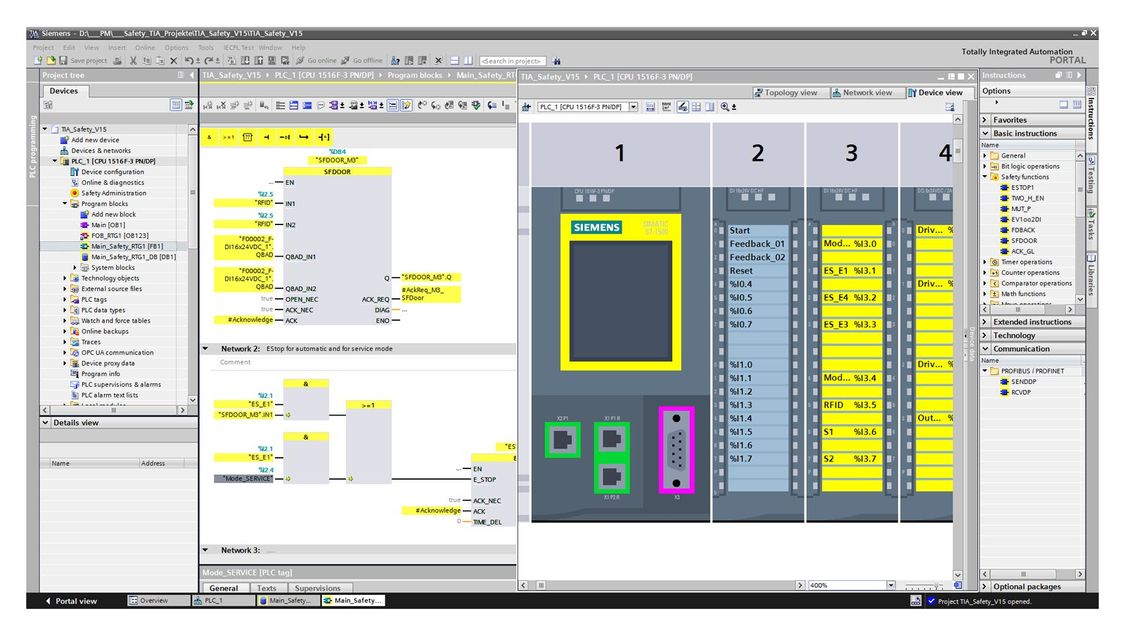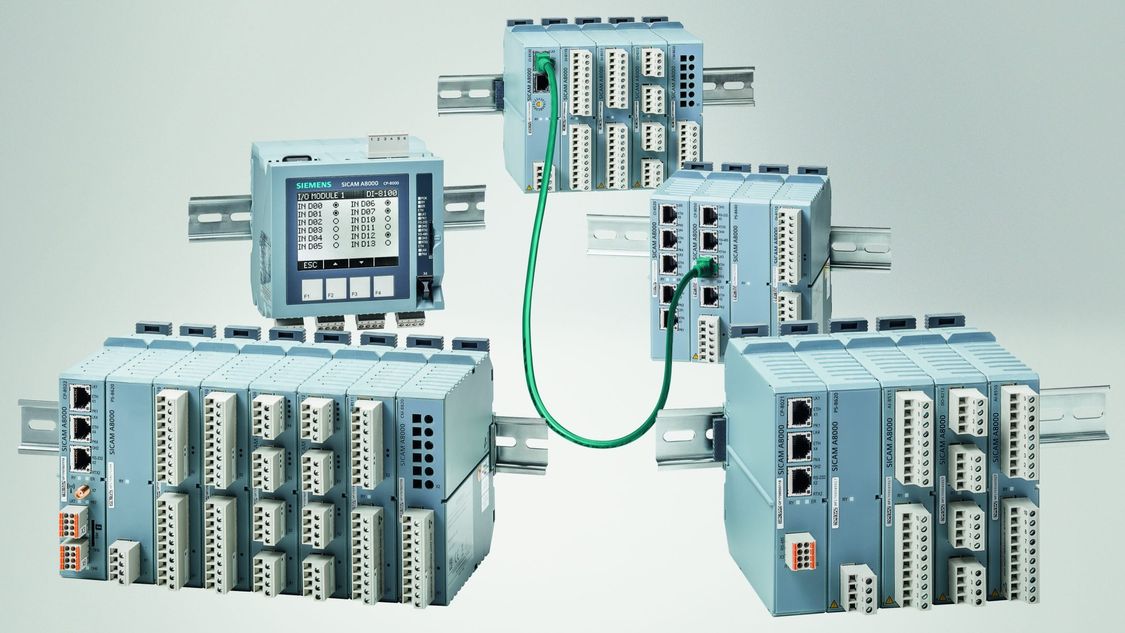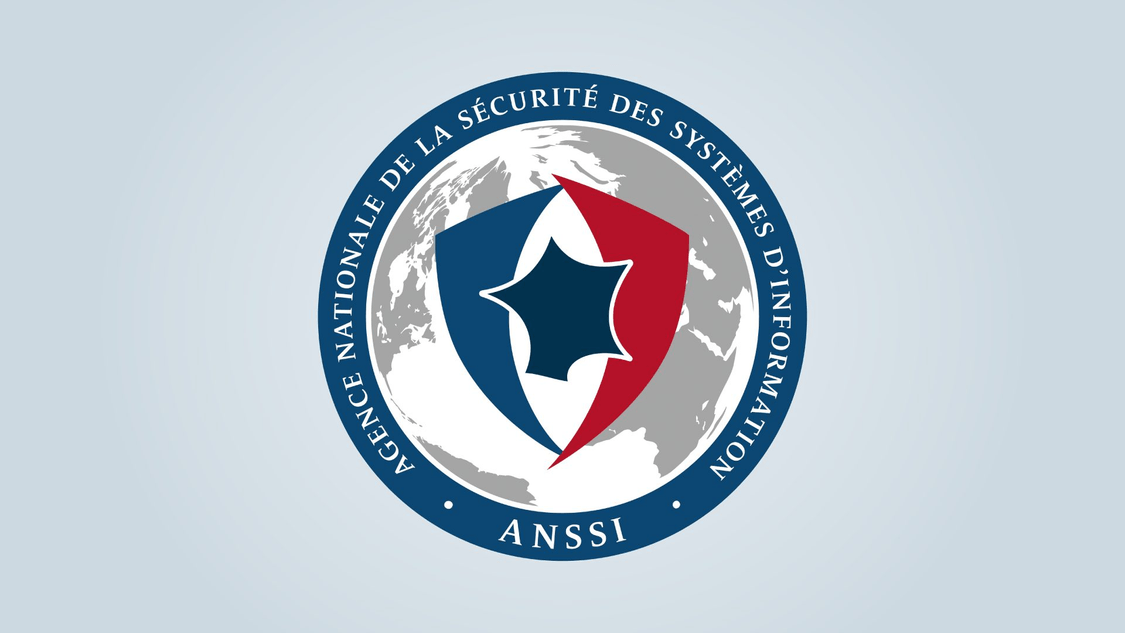
Verify that the CP module and the PLC are set up in the TIA portal with the same version that matches the physical hardware. Finally, connect the computer that is being used to access the PLC through one of the ports available on the PLC, and it should all be good to go. Connect the CP module to the router/modem via a short ethernet cable.

There is no need to connect them to each other through their ethernet ports as they can communicate through their back-plane connection. These are configured as follows.Ĭonnect the CP module to the PLC via the terminals on the side of the PLC. The CP1243-1 can be configured to any of the S7 1200 PLCs. The configuration for sending emails using port 25 can be more difficult, due to the lower security protocols.įor our example, we sent emails to a Gmail account and used a CP1243-1 communications processor (CP) with an S7 1214c PLC. Note, this must be done behind a firewall because most firewalls block any traffic on port 25. If you are looking to send emails to a local SMTP server, then you can use port 25 for SMTP relay and you do not need an additional communications processing module.

This is typically done when trying to send emails through a public SMTP server like Gmail, or Yahoo.

For the PLC to communicate through either of these ports, then you will need the addition of a communications processing module. Port 465 if you are using SSL, and port 587 if you are using TLS. These secure protocols typically communicate using ports 465, and 587. If you are sending emails through a secure protocol (SSL or TLS), then you are going to need additional hardware for either the S7 1500 or the S7 1200 Siemens PLCs. When using a PLC to send out emails you must know what type of emails you are sending out. Starting from the beginning, let’s make sure that you have everything set up accordingly. This blog is going to fill you in on what you can do with a Siemens 1200 PLC for sending emails, and hopefully give you insight into additional troubleshooting techniques for getting them working correctly. If you are having trouble sending emails, do not give up. We know how difficult it can be to do something as simple as sending an email from a PLC, especially when considering all the different issues that can arise. If you have not checked out our previous blog on sending emails with a Siemens 1500 PLC, be sure to read that before reading this addition.


 0 kommentar(er)
0 kommentar(er)
